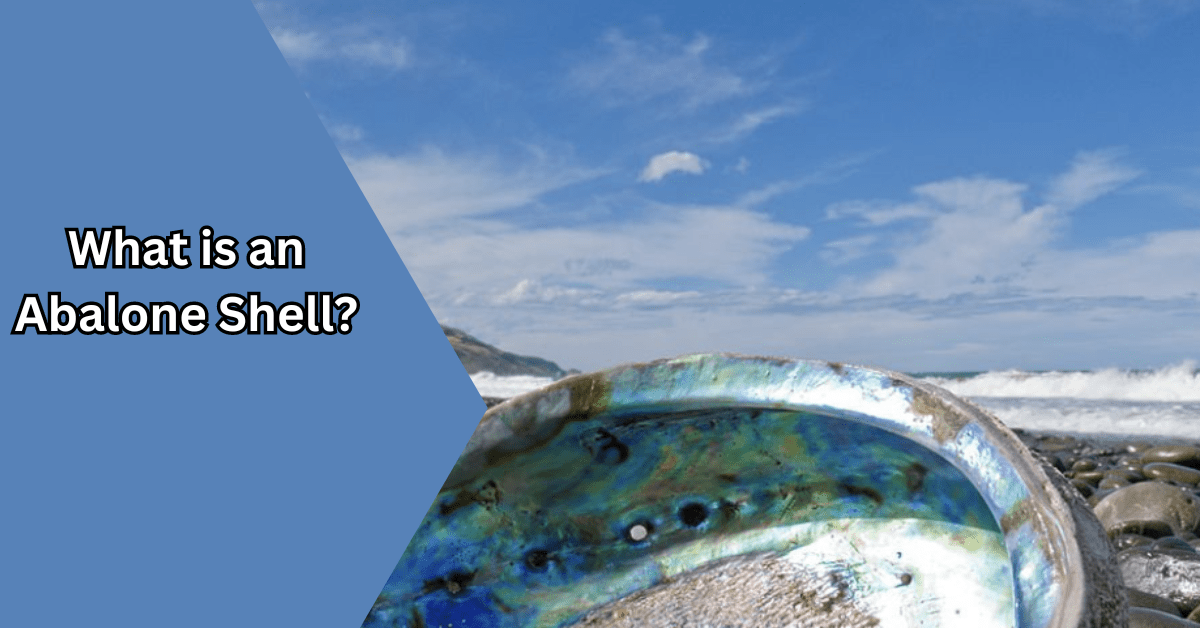Abalone shells are the beautiful, iridescent exteriors of marine mollusks known as abalones. These creatures are a type of large sea snail, living in coastal waters all over the world. Abalone shells are highly prized for their stunning appearance, displaying a range of colors including blues, greens, purples, and silvers. The unique play of colors is due to the microscopic structure of the shell, which reflects light in different ways.

Besides their aesthetic appeal, abalone shells have been used throughout history for various purposes, such as in jewelry, artwork, and even as currency in some cultures. The inside of the shell is particularly striking due to its mother-of-pearl layer, also known as nacre, making them valuable not only for collectors but also for artisans and jewelers.
Where Do You Find Abalone Shells?
Abalone shells are found in oceans worldwide, though they are particularly abundant along the coasts of countries like the United States (specifically California), Australia, New Zealand, South Africa, and Japan. These creatures live in rocky coastal environments, often hiding in crevices or under rocks, where they feed on algae and kelp.
Their natural habitat ranges from shallow tidal zones to deeper waters, depending on the species. The specific region where they are found can impact the size and color of the shell, with different areas yielding various hues and shapes.
How Much Are Abalone Shells Worth?
The value of an abalone shell depends on factors like size, color, and condition. Larger, more vividly colored shells, especially those with intact nacre layers, can be quite valuable. High-quality abalone shells are often sold for $50 to $200 or more, especially if they have been polished or shaped for jewelry or decorative purposes.
Smaller or damaged shells may only be worth a few dollars, but they can still hold value for collectors or hobbyists who enjoy crafting or decorating. It’s also worth noting that due to overfishing and environmental concerns, some regions have strict regulations on the harvesting of abalones, which can increase the rarity and, therefore, the value of the shells.
Where to Find Abalone Shells?
If you’re interested in finding abalone shells yourself, there are a few key spots to explore. As mentioned, rocky coastal areas are where abalones typically live, so searching along beaches with these features can be fruitful. During low tide, you might spot an abalone shell washed ashore or hidden in tide pools.
Popular places to find abalone shells include:
- California’s coastline: Specifically, around areas like Monterey Bay and San Luis Obispo, where the cold Pacific waters create a favorable environment for abalones.
- Australia’s southern coast: Particularly along the shores of Tasmania, known for its large and colorful abalone shells.
- New Zealand: This region is famous for its paua shells, a type of abalone with incredibly vivid, rainbow-like colors.
- South Africa: The waters here host several species of abalone, known locally as “perlemoen.”
Where Can I Find Abalone Shells?
If you’re not located near an ocean or prefer not to search for shells in the wild, many online marketplaces and specialty stores sell abalone shells. Websites like Etsy, eBay, and even certain craft stores carry a variety of shells, ranging from raw and unpolished to polished and ready for use in jewelry or décor.
Additionally, some regions have abalone farms where the shells are ethically harvested, providing a sustainable alternative to collecting them from the wild. These farms often sell shells directly to consumers or through authorized retailers.
When purchasing abalone shells, it’s important to ensure they are sourced legally and sustainably, as overharvesting has endangered certain species of abalone in some regions. Supporting ethical sources helps protect these marine creatures and their ecosystems.
Conclusion
Abalone shells are more than just beautiful marine treasures—they represent a fascinating aspect of ocean life. Whether you’re collecting them for their aesthetic value, crafting, or simply as a hobby, they offer a unique glimpse into the world of these incredible sea creatures. Just remember to collect and purchase them responsibly, keeping sustainability in mind.
Read more: Haha Davis Net Worth- age, wife, earnings and income

